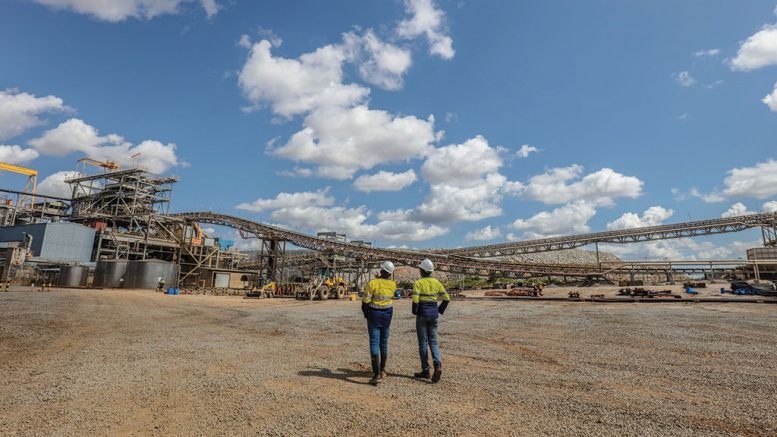Barrick Gold (TSX: ABX; NYSE: GOLD), the world’s second-largest bullion miner, is counting the days until it takes full control of its African subsidiary, Acacia Mining (LON: ACA).
By now, most of Acacia’s shareholders have expressed the intention of approving the sweetened takeover bid the gold giant submitted on July 19. That day, Barrick upped its original proposal, put forward on May 22, offering 0.168 of its own shares for every Acacia share, worth about 232 pence each.
Acacia’s shareholders opposed Barrick’s first approach, saying they thought it undervalued the company’s mine plans and disregarded its exploration and development assets.
Despite Barrick’s insistence that it wouldn’t modify the pitch, the Toronto-based miner ended up increasing the worth of its offer by 10%. It now values the Tanzanian miner at £951 million (around US$1.2 billion). It also offers Acacia’s minority shareholders special dividends on the company’s exploration properties, which would add 9 pence per share, making it a total of 241 pence per share
Barrick’s original offer for the stake in Acacia it doesn’t already own valued the targeted company at US$787 million, or 147 pence a share, at an 8% discount to Acacia’s 158.8 pence per share closing price on May 20, the day before the offer was made public.
While Acacia’s board has already backed the improved deal, the final decision is now in the hands of its minority shareholders — 75% of whom need to back the buyout proposal.
“We assume that the increased offer level will now be acceptable to the minority shareholders,” Michael Stoner, an analyst at Berenberg Bank, wrote in a research note.
British hedge fund Odey Asset Management, which was one of the most vocal opponents of Barrick’s initial offer, said on July 22 it intended to back the new offer.
Documents for the official bid must be circulated to Acacia’s minority shareholders within 24 days, and the company will hold a general meeting 21 days after the documents are released.
The business combination has yet to receive court authorization in England, where Acacia is listed. If approved, the deal would put an end to a two-year standoff between Acacia and the government of Tanzania. It would also hand Barrick’s chief executive, Mark Bristow, a victory of sorts.
The South African geologist spent decades building Africa’s Randgold Resources into London’s top gold company, before selling it to Barrick last year in a $6-billion deal.
Since taking Barrick’s helm this year, Bristow has promised to resolve what he described as a “lose-lose” situation in Tanzania.
As Acacia’s majority shareholder with a 63.9% stake, the Canadian gold giant has led discussions with the Tanzanian government, which refuses to deal directly with the local miner.
Barrick’s subsidiary has been embroiled in a battle with Tanzania since 2017, when the government banned exports of unprocessed metal and slapped it with a $190-billion tax bill — equal to almost two centuries’ worth of revenue.
The company was also forced to cut output by a third from two of its three mines in the country — Bulyanhulu and Buzwagi.
A framework deal reached in February proposed that Acacia would pay US$300 million to settle the tax claims and agree to split returns from operations with the country going forward. But nothing was finalized.
Now, Acacia’s only fully operating mine in Tanzania, North Mara, risks shutdown due to claimed waste-water pollution.
Barrick’s new offer “is a good solution to a very difficult situation,” Alan Spence, an analyst at Jeffries International Equity Research, said in a note to clients. “It’s hard to see how Acacia would all of a sudden be able to improve relations in Tanzania.”
The deal is expected to close in the fourth quarter of this year.


Be the first to comment on "Barrick sweetens Acacia buyout"